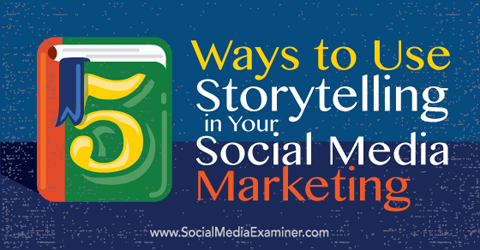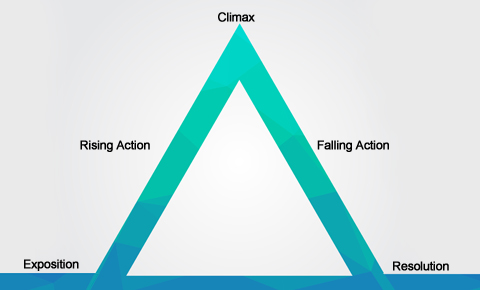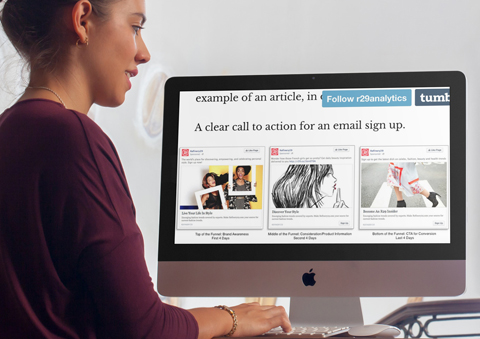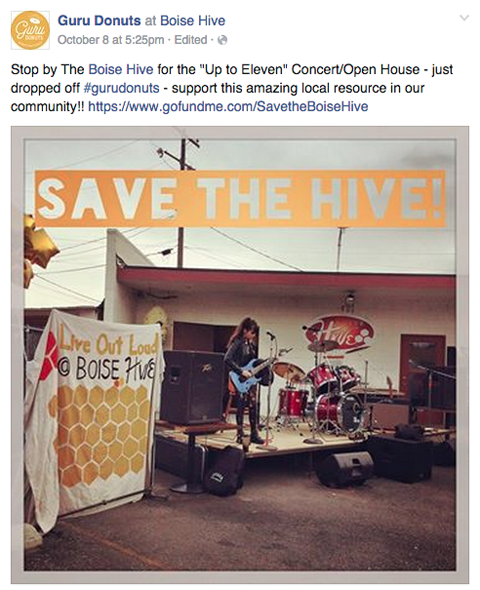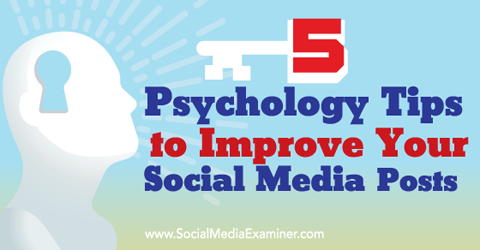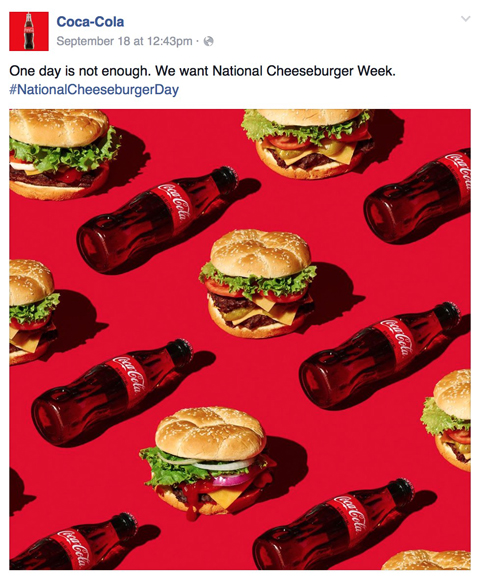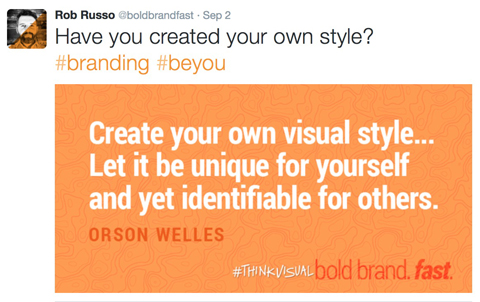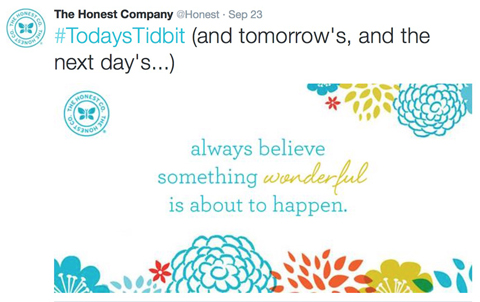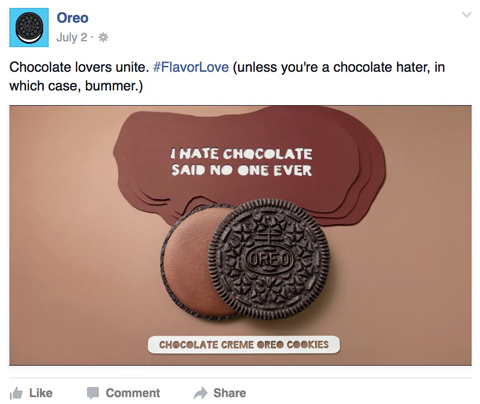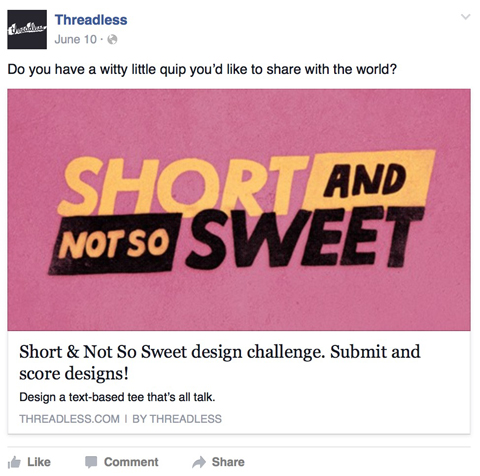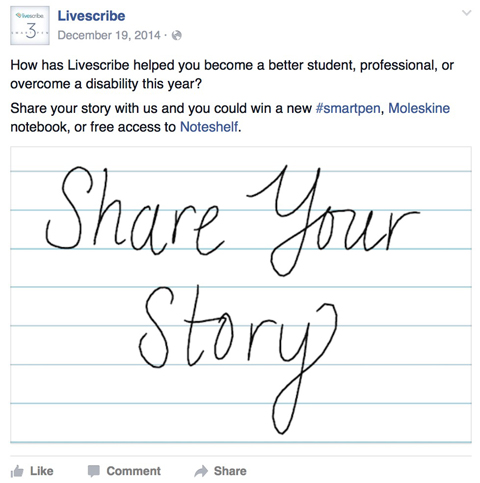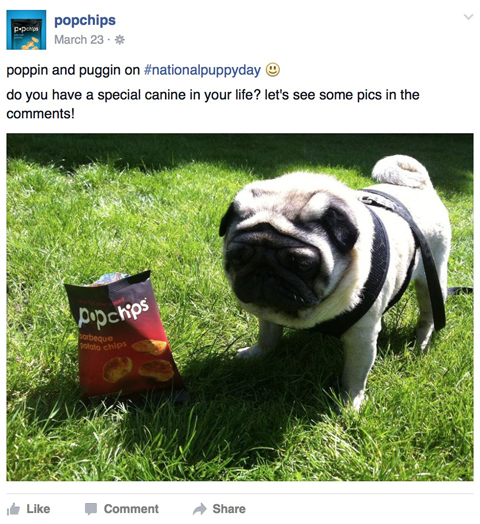What is it with interviews?
All the top bloggers seem to do them.
They get to know each other.
They share their knowledge and stories.
And they engage, educate and entertain their fans.
Interviews are the mark of a professional blogger, and you’re dying to join that club.
But something’s holding you back.
You know that publishing an interview with a big name could do wonders for your credibility, but you don’t feel ready – too much could go wrong.
You could be ignored or even rejected.
You could embarrass yourself, trip over your tongue, or ask stupid, boring questions.
You could even land an interview with your favorite influencer only for the technology to fail and screw up your opportunity of a lifetime.
But in reality, most of your anxiety around interviews is simply a fear of the unknown.
Once you know the right way to approach interviews, they can be easy and even enjoyable.
Why Interviews Rock (and Why They’re Easier Than You Think)
It’s no coincidence that so many popular bloggers are conducting interviews – the benefits are numerous.
Interviews help you grow your readership and reputation in the following ways:
- They allow you to start building relationships with your interviewees. Often these are people with a wider reach and greater influence who can help accelerate your own success.
- They increase your credibility and reputation with your own audience (and new visitors) because people can see you virtually “hanging out” with big names.
- They drive traffic to your blog, especially if your interviewee has a large audience. An interview is a magnet that attracts people who haven’t heard of you, but do know the person you’re interviewing.
- They can help your audience solve specific problems by bringing someone else’s relevant experience and knowledge to their doorstep.
- You can get a lot of traction from a single interview by bundling it with other content, creating a transcript or using it as the basis for a podcast.
The good news? Despite what you might think, interviewing doesn’t have to be a scary process.
If you lay the groundwork and follow a proven structure for both the interview request and the interview itself, you’ll be surprised how quickly your nervousness will float away.
But first, let’s ask the all-important question:
Whom should you interview?
How to Choose the Perfect Interviewee
Your ideal interviewees will depend on your goals.
If you’re hoping to build your reputation, approach the big names within your blogging space. (We’ll talk about how to do that later in the post.)
If you care primarily about helping your audience, then landing a big celebrity isn’t as important as finding someone with valuable advice you can trust.
But whatever your strategy, keep the big picture in mind.
While interviews do drive traffic, even a superstar or guru won’t magically launch your blog into the stratosphere.
The true power of interviews is in relationship-building. They help you to get to know influencers, introduce you to a larger audience, and open the door to more support and cooperation in the future.
Don’t write someone off just because they’re a big celebrity – some folks are more accessible than you think. Others may say “yes” if you just happen to hit them up at the right time.
But you never know until you ask. Besides, a “no” usually isn’t final – it just means “not now.”
At the same time, nobody is too unknown to interview if they have a strong story or specific knowledge that will help your audience. Just understand that they probably won’t be able to drive much traffic to your site.
When making your list of potential interviewees, consider the following factors:
- Does the person’s knowledge and experience overlap with your audience’s interests? (If so, they could make a good target.)
- Do they make a habit of sharing the interviews they’ve been involved with? (If not, you might want to skip them.)
(The exception to the second rule is where the person has a large, loyal following who will likely share the interview even if they don’t.)
Create a wish list of interviewees who pass both tests.
You may have to send three or four requests to different people before you get your first “yes.”
However, you can significantly improve your chances of a positive response if you adopt the right approach.
How to Do the “Pre-Work” That’ll Help You Land Your Dream Interviewee
It can be scary reaching out to people, especially to someone you really admire.
As a result, many folks fall at the very first hurdle – asking for the interview.
They come to a screeching halt because they’re afraid they’ll be ignored or – worse still – laughed at.
And their fears are well-founded. Successful bloggers, particularly the big names, are inundated with requests for favors such as interviews.
But you know what?
Most of those requests suck.
They suck because the person sending the request hasn’t done the important pre-work required to show that they’re serious and credible.
So once you have your wish list of interviewees, do the following:
- Follow them on the social media platforms where they’re most active. Notice what they’re posting and sharing.
- Subscribe to their blogs and read a few of their most popular posts.
- Read their About Pages to get an overview of their background and current focus.
- Familiarize yourself with their current projects – for instance, any courses or books they’ve recently created or written.
You don’t need to go overboard with your reconnaissance at this stage – spend around an hour per potential interviewee – but when you’re done, make sure you have a clear picture of the person and their work.
Once your invitation is accepted you can go into more depth, but first you need them to say “yes.”
The “Request for Interview” Email That’s Almost Impossible to Resist
In most cases the best way to approach the interviewees on your wish list is via email.
Sometimes their correct address will be obvious; other times you’ll need to spend a little time searching for the right contact email.
But once you have this information, the following tips will increase your chances of getting a favorable response:
- Prove you’ve done your homework. Highlight some information from your preliminary research that shows you understand who they are and what they’re up to.
- Be on an intriguing mission. When you have a goal that people believe in, they’ll be excited about working with you. For instance, Henneke Duistermaat wants to “stamp out gobbledygook and to add sparkle to boring business blogs.”
- Tell them they’re in good company. Mention other people you’re interviewing (or planning to interview). If you plan a mastermind series and there are other big names on your list, influencers won’t want to be left out.
- Head off objections from the start. For instance: reassure them that the interview will be no longer than half an hour; tell them you’ll record it so you can do it anytime it’s convenient for them; say you’ll send your questions and all the other details ahead of time to make the process run smoothly.
- Make the opportunity irresistibly tempting. Most authorities will recognize a chance to grow their audience if your listeners have similar interests. So emphasize those commonalities and let them know why you’re so excited to have them talk to your audience.
- Pick the perfect moment. Influencers are particularly interested in accepting interviews when they are launching a new product, course, or book – so be on the lookout for those kinds of events.
Combine these ideas in your email and you’ll have a very convincing invitation indeed.
Here’s a template you can steal right now:
Hi [Name],
[Comment on their work, how you know them, if you appreciate their books, teaching, etc. Try to make this original and prove you’ve done your homework.]
I’m wondering if you would be willing to do a quick 30-minute interview sometime over the next few weeks?
I have a blog called [blog name and link]. I help [audience] to [goal].
I recently came across something you wrote/said [here] and I’d love for my audience to hear your take on [topic]. [Statement of why this is important to your audience, or what’s missing in the niche.]
I’ve also interviewed/am planning to interview [here’s where you can drop names, if applicable.] I’d love to include you as well.
The interview will be pre-recorded, so we can talk whenever it fits into your schedule and I’ll make sure to keep it to 30 minutes.
I’ll send you my questions ahead of time so there will be no surprises.
Just let me know a few times that might be good for you, and I’ll be happy to set it up.
Thanks!
That’s all you need. Short, sweet, and to the point.
Once you’ve received your first “yes” response, it’s time to get to work.
Deepen Your Research and Pull Out Tantalizing Details
Now that you have your first interview lined up, it’s time to do the research that’ll make it easy to conduct a professional and insightful interview.
That means you must go beyond your broad but shallow preliminary research.
Here’s how to do it:
- Watch their videos. You’ll often find videos on an influencer’s own website or YouTube channel, but don’t forget that they could have been featured on other people’s sites as well. Try searching for “[Influencer name] video” or “[Influencer name] youtube” on Google.
- Listen to their podcasts and audio interviews. Even if your interviewee doesn’t have their own podcast, they may have been featured on someone else’s. Listen to 2 or 3 to give you a good feel for their style and lots of ideas for great questions. This time, search for “[Influencer name] podcast” or “[Influencer name] interview.”
- Speed-read their latest book. Find the table of contents on Amazon or buy a copy and use this technique to quickly extract the key information. If they have several books, read the one that is most relevant for your audience.
- Track down any press releases. Look for press releases issued by them or mentioning them by searching PR Newswire for their name.
What to Look For During Your Research
Strong interviews move you emotionally, tap into feelings that your listeners share, or tell attention-grabbing, memorable stories.
Sometimes powerful moments arise spontaneously, but you don’t have to rely on luck. You can artfully steer the conversation into the right territory – if you already know where to go.
So as you deepen your research, look out for the following:
- Entertaining, compelling or touching stories.
- Ideas or suggestions that will speak to a common goal, make an emotional impact, or inspire and excite your audience.
- Topics that the interviewee is highly passionate about.
Make notes you can draw upon when planning your interview and your questions.
How to Structure an Interview They’ll Enjoy (and Everyone Will Remember)
Good interviews have a natural flow. With experience you will fall into your own rhythm, but when you’re starting out you should think about structure in advance.
Following a predefined structure won’t limit you as much as you may think. Instead, it will make you and your interviewee feel comfortable and help you lead the discussion in the direction you want it to go.
As you’re structuring your interview and devising your questions, keep these two important questions for yourself in mind:
- What do you want your audience to take away from the interview?
- How are you benefiting the interviewee?
Here are some tips to help you structure the perfect interview.
Prepare your introduction in advance
The purpose of your introduction is to:
- Give your listeners a preview of what’s coming and how the information they’re about to hear will be valuable to them.
- Let the interviewee know you’re prepared and excited.
- Set a light, upbeat and engaging tone for the interview.
Your introduction is important. Don’t leave it to chance.
Here’s an example that will get you off to a good start:
Hey everyone, I’m [name] and today I’m talking with [influencer’s name]. [Influencer] is the [author of these books/blogger at blog name, etc.] and we’re going to talk about [topic your audience is interested in.]
Welcome, [name]! Thanks for joining us.
Open with easy questions that will help you both relax
Ease into the interview topic with the first couple of questions. The calming and focusing effect they have on the interviewee (and on you as you find your feet) is more important than the answers you get.
You could ask the influencer to share something about what they do and why they do it. (In the next section you’ll find question templates you can use.)
Include prompts for stories you know will captivate your audience
During the discussion, plan to ask for a story or two that illustrates an important point your audience could learn.
Lead into this by saying, “I bet you have some great stories that are examples of this. Care to share a couple?” or “Would you mind repeating that great story about [subject] for our listeners today?”
Pro tip: I always recommend that you send your questions at least 24 hours in advance, so that you never catch your interviewee unprepared. You can give them a heads-up and ask them to have some stories in mind.
Save difficult, controversial or surprising questions for later in the interview
By that time everyone is comfortable and engaged. The interviewee should be open to your digging a little deeper.
Finish with the spotlight on the interviewee
Close by having the interviewee tell your listeners where they can find them online and let them promote their books, courses, events, or products. Make sure they give a link – and spell it out. Don’t forget to thank them for their time and for sharing their expertise with your audience.
Now that you’ve got a solid structure to follow, let’s look at coming up with some awesome interview questions.
How to Generate Engaging Questions Your Interviewee Will Love Answering
Your goal as an interviewer is to grab your listeners’ attention and keep them spellbound. You don’t want them clicking away due to boredom.
That means you have to control the tone and energy of the interview.
Some influencers do many interviews. They’ve probably had their share of bad and boring discussions – but they’ll respond in kind if you are engaged and excited.
You may be wondering if you should you model some popular interviewers and ask the same questions all the time.
You can, but it’s hard to pull this off well. It also can come across as lazy – and the fact is, your questions won’t really fit the situation with everyone you talk to. That’s why it’s better to generate a fresh list of questions for each interview (even if you use a previous list to get started).
Think about the following as you begin formulating your questions:
- What topics are you personally curious about? What are you dying to know as you do your research?
- What will the influencer be eager to discuss? (You may want to ask them ahead of time.)
- What questions will likely occur to your audience as they listen to the influencer speak (think about their dreams, desires, fears and frustrations)? You can even poll your audience on social media or with a quick email for additional questions.
- How could you challenge the accepted wisdom a little, or challenge the interviewee’s assertions (respectfully)? Hint: do this sparingly.
- What quotes from your interviewee have particularly impressed you? Can you find a way to incorporate them in your questions?
- What are the stories that most impressed you from your research? Which would your audience relate to most strongly?
If you’re struggling to come up with enough questions, use the following questions to fill in the gap.
15 Proven Questions That Get Great Answers Every Time
- How do you structure your days?
- Where and how do you work best? (If it applies to your topic.)
- What tools do you find indispensable for accomplishing [task]? (Again, if it applies.)
- How do you solve [common problem – productivity, scheduling, marketing, networking, reducing overwhelm]?
- What would you have done differently if you knew then what you know now?
- What’s the best advice you ever received?
- Who are your biggest influences? Who do you admire most? Who or what inspired you to do what you’re doing now?
- What is still your biggest challenge?
- What are your favorite books or movies on [your topic]?
- What’s your best advice for handling criticism?
- What surprising lessons have you learned along the way?
- What do you find are [your audience’s] biggest stumbling blocks and what are the best ways you’ve found to overcome them?
- What’s next for you?
- What do you want your legacy to be? How do you want to be remembered?
- How do you balance work and family demands?
[Thanks to David Wright for inspiration on some of these questions.]
You can use many of these questions verbatim when you’re starting out. As you get comfortable doing interviews, start creating your own variations.
Great questions will help your interview run smoothly on the day, but they’re just one part of the puzzle.
How to Neutralize Your Nerves on the Big Day
The best way to banish fear if you’re the nervous type is simple – rehearse.
Do dry runs with a friend or colleague. Have your friend take the role of the interviewee.
Practice helps with both your comfort level and your interview skills. It also lets you become familiar with the technology you plan to use.
Go through the process just as you would in real life. Use the actual questions you plan to ask. Have your friend answer as best they can, let yourself go on some limited tangents to keep the conversation interesting, and pull out tidbits you didn’t expect.
Here are a few tips to make you feel at ease, both in practice and on the interview day itself:
- Keep it conversational. Imagine you’re sitting in a coffee shop talking to a friend.
- Record your practice sessions so you can listen back and adjust your approach if necessary.
- Smile (really! even if the interviewee can’t see you) and laugh. Have fun and your interviewee will do the same.
- Watch your “um’s” and “ah’s.” But remember that conversational quirks always sound worse to you than others.
- Remember that you’re not a reporter or journalist. Don’t feel like you have to rake people over hot coals – that’s not your job.
Try to remember that nervousness comes from two main sources: not being prepared, and not knowing what to expect.
But after several run-throughs, you should start to feel much more at ease.
A Simple Technical Setup That Works (Without Headaches or Tears)
Although you might envy your idols’ slick, highly-produced video interviews, you can get started with a simple audio format.
In fact, many of the web’s most popular and professional podcasts stick to audio. Also, many interviewees prefer audio interviews. They’re more likely to accept your invitation if they know they don’t have to look presentable or be at their computer while it’s happening.
And audio interviews are perfect for beginning interviewers too because they’re easy to do. The technology is straightforward and the entire process should make your first interview relatively stress-free.
You will need a decent microphone, so invest in a good headset if you don’t like your phone’s recording quality. You should also find a reliable free conference call service likeFreeConferenceCallHD.com.
Skype is another alternative, although it can sometimes be prone to network interruptions and occasional issues with audio quality. If you prefer to use Skype, I still recommend you sign up to a conference call service as a backup in case of any technical glitches.
Also, be aware that some people simply won’t agree to interviews over the internet because of the potential for malfunctions. In that case, you’ll have to have a cell phone or landline connection and a conference call service.
How to prepare for the inevitable glitches
No matter how much advance planning you do, there will be occasional problems with technology. They’re unavoidable.
So have contingency plans in place. The following tips will help:
- If you use Skype, arrange for both you and the interviewee to record the interview so you have a backup.
- If you have a recording that came out low quality (for example, hard to hear in places or having interference), you could always transcribe it and release it in text format on your blog.
- Check out The Ultimate Freelance Writer’s Guide to Recording Interviews for more ideas.
So you’ve done your research, connected with your interviewee, found some questions which will insert an emotional punch, chosen your format, figured out the technology, and rehearsed until you’re comfortable.
Pat yourself on the back!
You’re not quite done yet, though. Don’t forget these last-minute details.
The First-Time Interviewer’s Essential Checklist
There are a few housekeeping tasks you can do ahead of time to make sure that everything runs smoothly on the big day.
One week (or more) before the interview
- Test the technology you’re planning to use. Make sure everything works without a hitch during a few trial runs.
- Decide on your backup plan.
One day before the interview
Send a reminder to your interviewee to confirm the time, date and dial-in details. Send your interview questions in advance if you haven’t already done so.
The day of the interview
These are obvious, but they’re also really important. Trust me, you’ll be kicking yourself if you forget any of them (I have).
- Be ready at least 20 minutes early.
- Have your questions and notes together so you’re not scrambling at the last minute.
- Relax. You’ve prepared, young Jedi – you can do this.
- Remember, perfection is overrated. Mistakes can be edited out and quirks will endear you to listeners.
Immediately after the interview
Don’t drop the ball at the last minute. Remember, you want to keep this relationship with your interviewee growing.
- Send a brief but sincere “thank you” email and let them know that you’ll tell them as soon as the interview is published.
- Follow up once the interview is live and provide links so they can share easily with their audience.
- Engage with them on social media, share their stuff, and stay in touch.
Congratulations – you did it. Welcome to the club!
Are You Ready to Join the Ranks of the Bloggers You Admire?
Interviews might seem scary and intimidating, but with the right system and preparation you can knock out all those fears and potential stumbling blocks one by one.
Your uncertainty doesn’t have to hold you back anymore.
Instead, you can feel confident when you reach out to influencers.
You’ll know exactly how to create compelling and valuable interviews.
Before you know it, you’ll be a pro – basking in the glow of your new credibility as a blogger rubbing shoulders with influencers and experts.
There’s no reason to delay any longer and the benefits are huge.
So get started on your list of dream interviewees!
